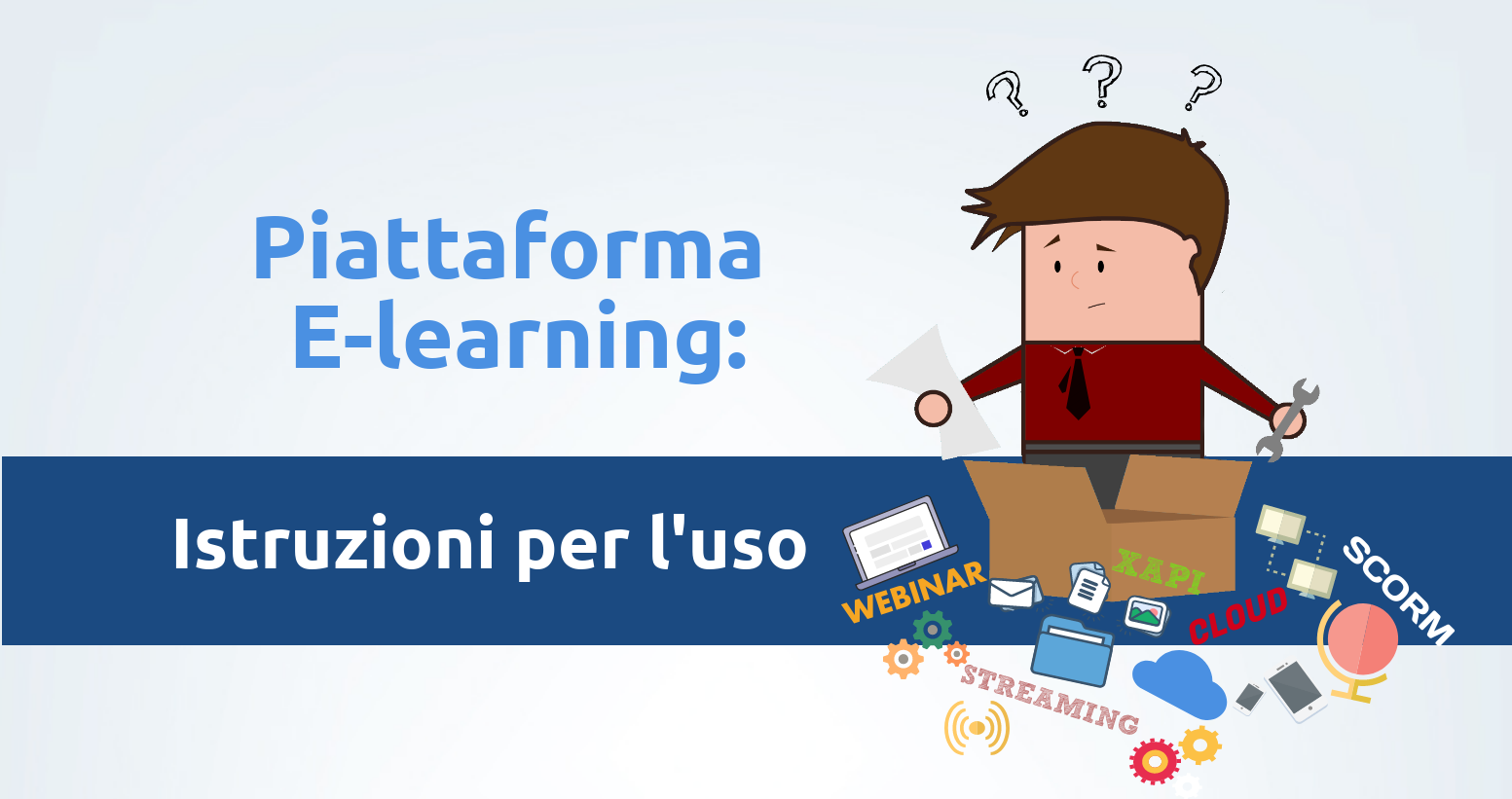
Within companies, in the process of adopting an e-learning platform, often "non-experts" are also involved, such as purchasing staff and management levels for the authorization of spending.
This vademecum does not aim to deepen the topic neither from a technical nor much less academic point of view, but to give fast and clear information that may be useful to those who do not have specific skills on the subject and who want or need to face it.
PLATFORM = CONTENT?
Sorry for the obvious! While it may seem strange, there are times when there is some confusion. Platform and Content are two things, closely related, but completely distinct.
The platform is the tool of use, the container of the courses.
Courses are the content (purchased separately) that is used on the platform.
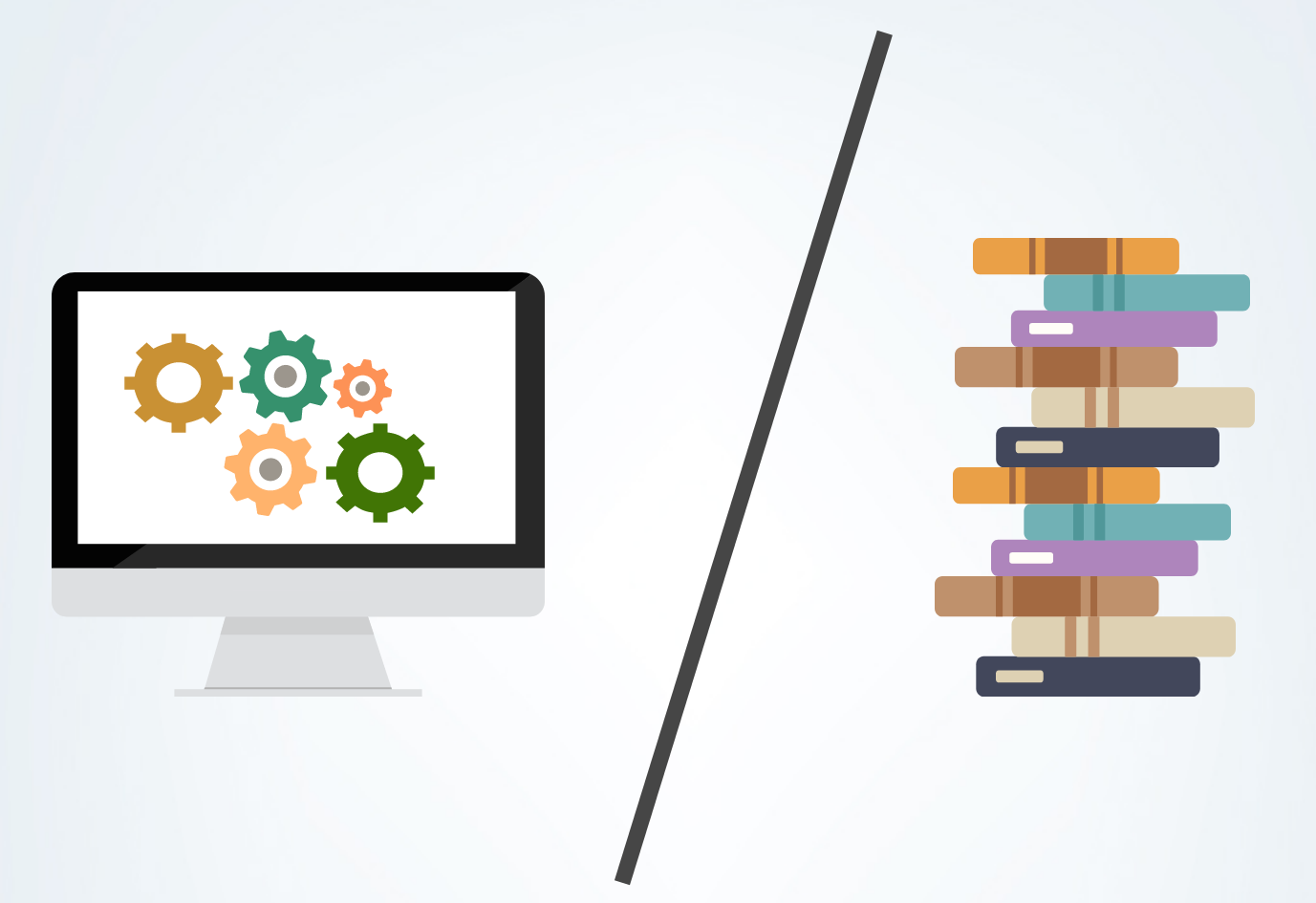
When it is necessary to adopt an e-learning platform
The added value in adopting an lms platform is undoubtedly that of having a tool to manage the company training process. For companies with many employees, with different professional profiles, a platform is an essential tool for planning, assigning, carrying out and controlling internal training.

Adopting an e-learning platform, however, is not a must only for corporates, but an easy-to-use tool, with many advantages, also for SMEs, schools, associations, etc., to provide individual training projects. The major strength lies mainly in the use of the e-learning platform when I have to certify the training I deliver (a classic example are compulsory training courses such as Safety) or in all those cases where, for example for Interprofessional Funds, to report the training activities provided.
Open Source platform
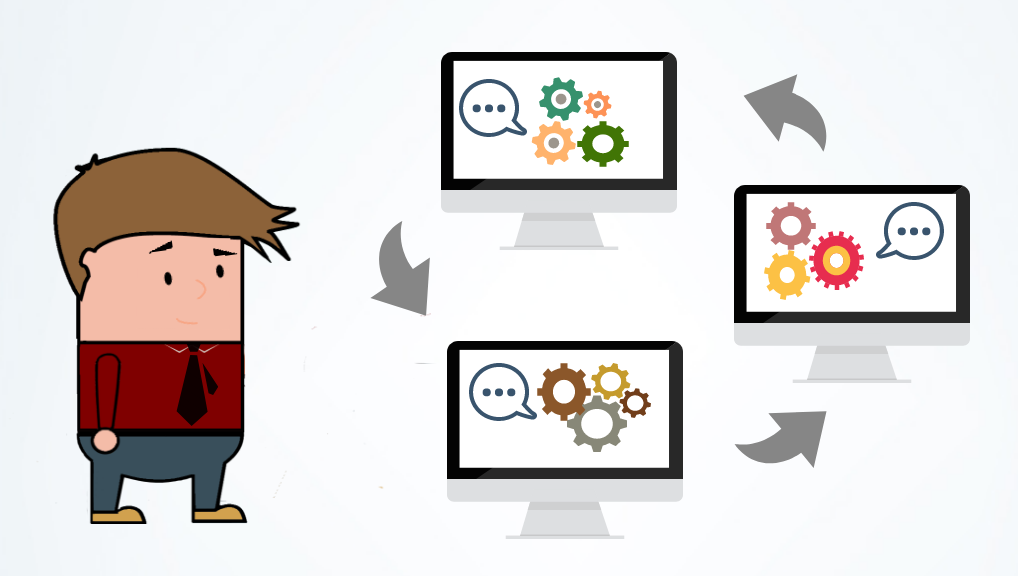
They have open (editable) code and have important Communities that allow developers to share information and source codes. They were born in the academic world and have recently "conquered" a slice of the corporate and public administration market.
It starts from a basic version of the application which is then customized. Compared to proprietary solutions, they are less structured and less suitable for managing organization, flows and business processes. On the other hand, however, there are no licensing costs (but beware of the customization and management costs which, of course, are not free).
OWN SOLUTIONS
More feature-rich and suitable for providing training within complex corporate structures. Generally the assistance and maintenance services offered together with the fees are more reliable.
In this category we could identify three types of platforms:
International platforms (Market BIG)typically from the Anglo-Saxon world, they are generally characterized by very high costs, great reliability and very reduced and / or very expensive (if not even foreseen) customization possibilities.
Mainly closed solutions, they have continuous developments and are generally modular. Since in many cases they are proposed by large consultancy companies, we could say that rather than personalizing the platform to the customer's needs, they tend to customize the customer's processes to the functions of the platform. A sort of process of accommodating corporate training on the model provided by the platform. These are the solutions created within large software companies often as complementary modules of other HR type software applications.
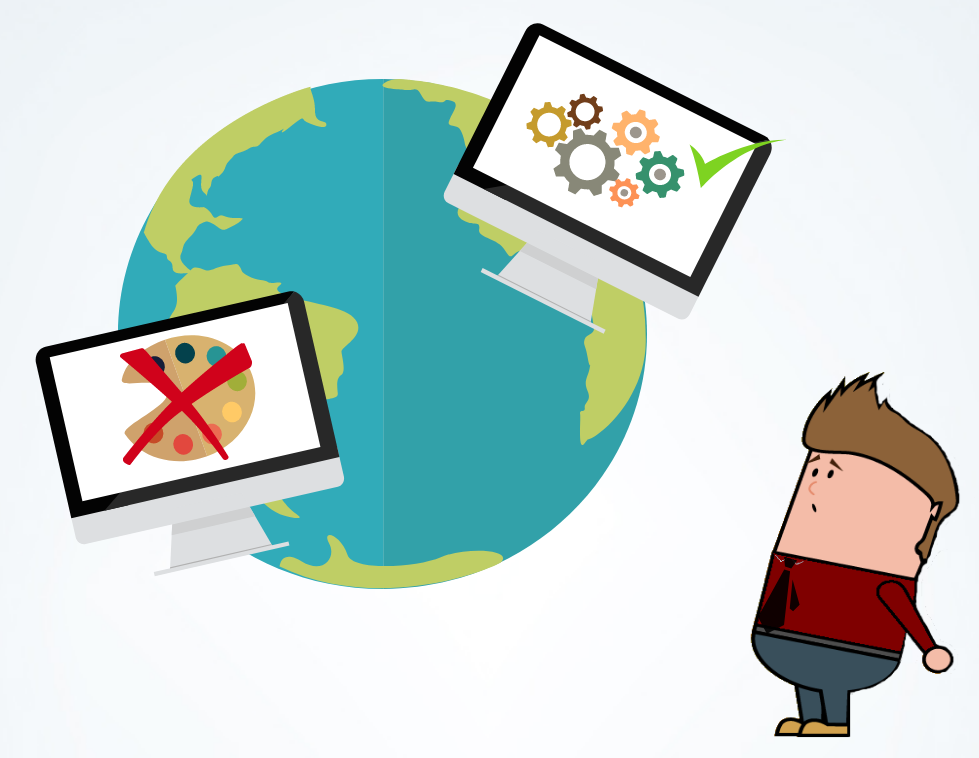
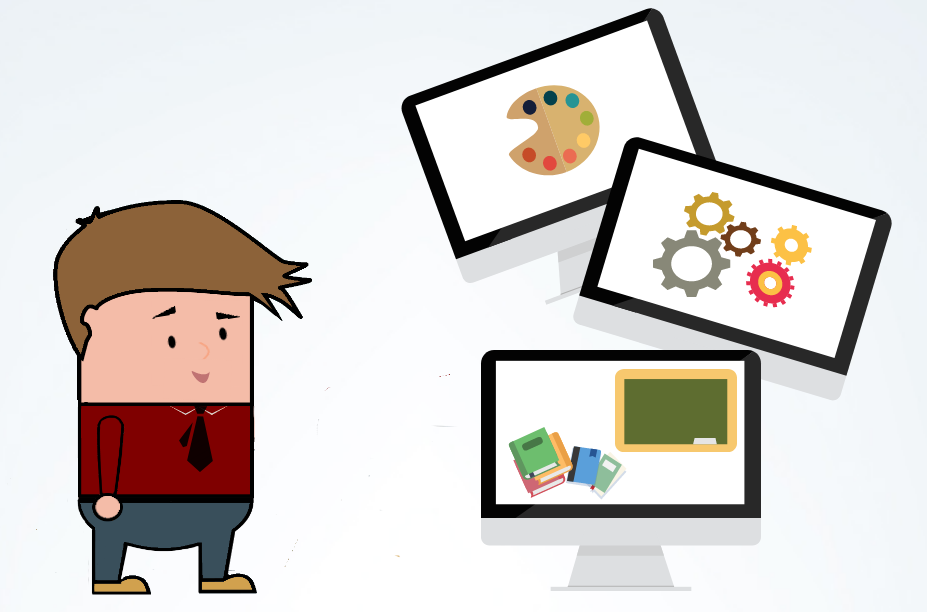
What I would call platforms COMFORT (for relationship between functionality, service levels, possibility of customization and price). They are the Lms platforms (in Italy we can count four or five) that have interesting numbers of users (many tens of thousands), tens of installations and more than a decade of life (all useful indicators to determine their reliability).
Unlike international platforms, these LMS are solutions developed mainly by Italian training companies, therefore with greater attention to the "methodological" aspects compared to the technical ones. It is the method design that guides technological development, technology responds to the operating needs required by the company. They leave something to the BIG in terms of functionality but are decidedly cheaper and, above all, customizable in (fast) times and reasonable (contained) costs. Maintenance and assistance services are highly reactive and rapid.
The e-learning platforms BASIC they are platforms born on specific project needs, and very often on request, by a single customer who, in fact, have not been subjected to a real market test. They typically have few functions (often cut to size) and reliability to be verified.

Which platform to choose?
Le Open Source they are suitable for "standard" needs of medium-sized companies that perhaps have internal skills for the management and development of the platform. Attention however to latent costs (customization and maintenance costs).
Le BIG for large companies that have no budget problems and need for customization.
Le Comfort for medium and large companies that have customization needs and a reasonable budget.
Le Basic also no.
Service note: we took it for granted, but it is good to remember that any platform that does not manage data tracking according to the SCORM, XAPI or AICC standard is not considered an LMS platform, therefore in any way to be taken into consideration.
AICC-SCORM-XAPI standard
Given the warning above, two words on tracking standards.
Simplifying the standards as much as possible are the rules of communication between the online courses and the platform, the rules with which the courses communicate to the platform:
- thing,
- in what way,
- how much,
- with what results… The user benefited.
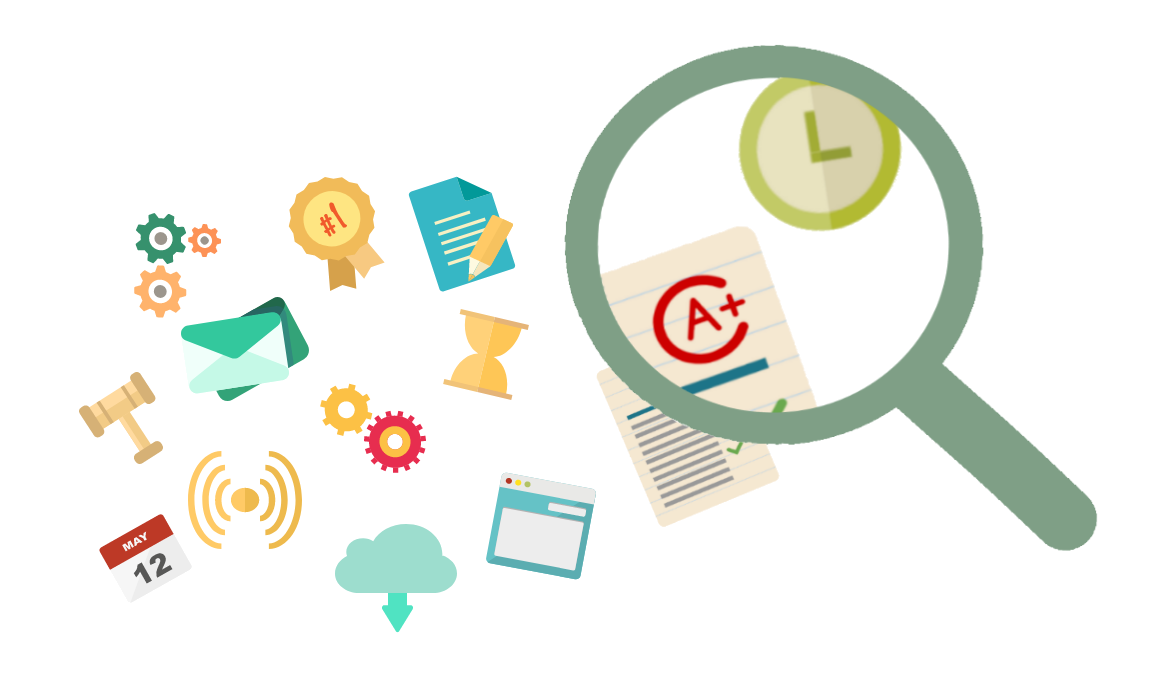
AICC it's a bit out of date standard. SCORM it is currently the most popular standard. XAPI it is the new standard that is emerging and that defines the rules for recording new "educational activities" (from WEB browsing to user interactions with the software they are using).
If I want to develop a platform?
Would you ever think of developing a spreadsheet from 0? With proper proportions it is the same thing. And in case, after a very careful analysis, the answer was YES you start from an Open Source platform (at least a piece of work you find it already done).
Article by:
“Head of LMS and Personalized Services” at Piazza Copernico
